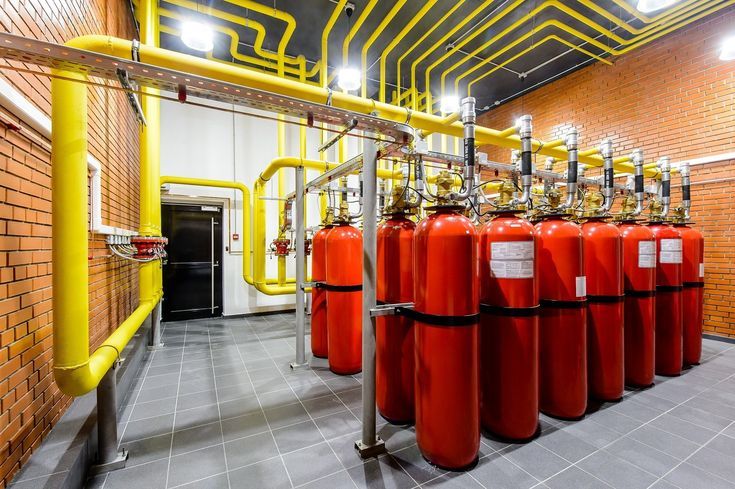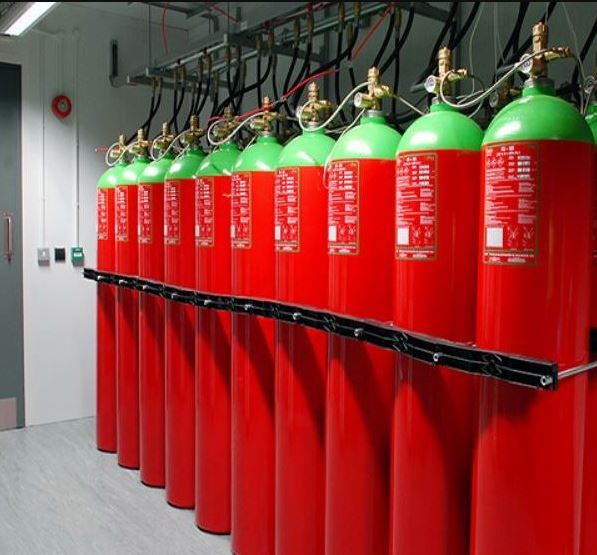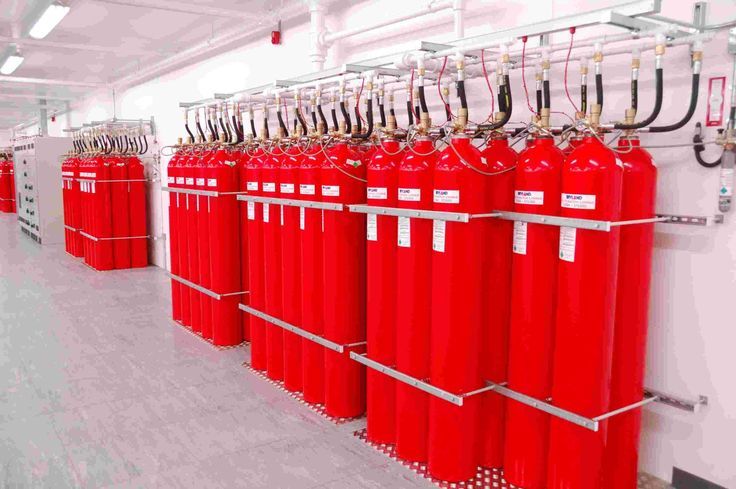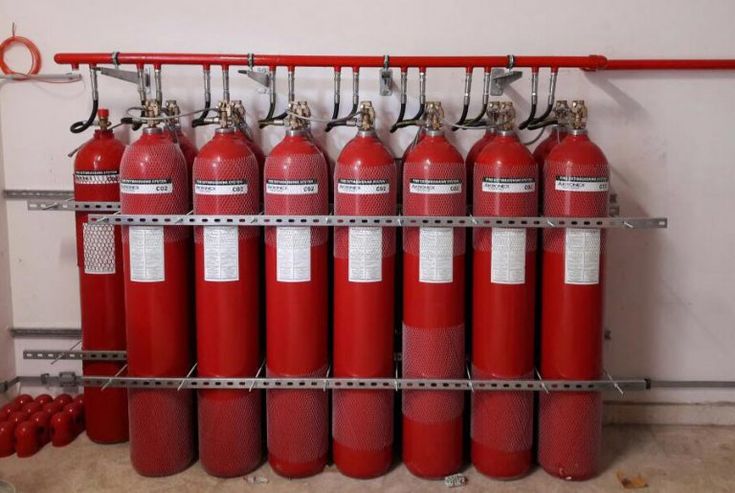Description:
The Standard Fire Suppression System is an essential safety solution designed to automatically detect and extinguish fires in commercial, industrial, and residential settings. By releasing fire-suppressing agents such as water, foam, or gas, the system quickly controls and eliminates fires, minimizing damage and injury. This system is crucial for areas where fire risks are high, providing immediate protection and ensuring the safety of both property and people.
Features:
- Automatic Activation: Detects the fire and automatically activates the suppression system, minimizing response time.
- Multiple Suppression Agents: Offers different types of suppression agents, including water, foam, CO2, and clean agents for various fire types.
- Minimal Water Damage: In systems like clean agent suppression, water damage is minimized while still effectively suppressing the fire.
- Integration with Fire Alarm: Often integrated with fire alarm systems to alert occupants while suppressing the fire.
- Maintenance and Testing: Low maintenance required, but periodic testing ensures that the system is always ready for action.
- Compliance with Standards: Meets national and international safety standards for effective fire suppression.
Specifications:
| Type: | Water-based, Foam-based, CO2, Clean Agent |
| Activation Method: | Heat, Smoke, Flame Detection |
| Discharge Time: | 10 to 30 seconds (depending on the system and fire type) |
| Suppression Agents: | Water, Foam, CO2, Clean Agent (FM-200, Novec 1230) |
| System Types: | Pre-action, Deluge, Wet, Dry |
| Pipe Material: | Stainless Steel, Carbon Steel, Galvanized Steel |
| Certification: | UL Listed, NFPA Compliant, FM Approved |
| Warranty: | 1 to 5 years (depending on the model and manufacturer) |
How to Use:
- Install Properly: Ensure the fire suppression system is installed according to local fire codes and standards in high-risk areas like kitchens, server rooms, or industrial spaces.
- Connect to Detection Systems: Connect the fire suppression system with heat, smoke, or flame detectors for automatic activation during a fire event.
- Activate in Case of Fire: The system will activate automatically once it detects fire signs, releasing the appropriate suppression agent (water, foam, gas) to extinguish the fire.
- Regular Maintenance: Conduct regular maintenance and testing of the suppression system to ensure all components, including detection and suppression agents, function properly.
- Monitor and Respond: If the system is triggered, evacuate the area immediately and contact local emergency services. The system will suppress the fire until help arrives.






